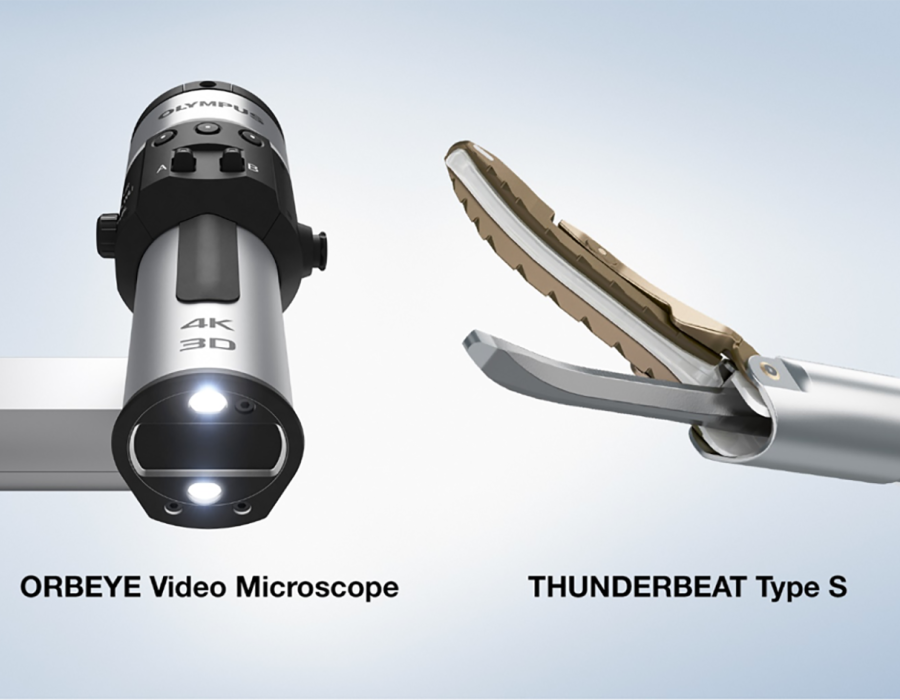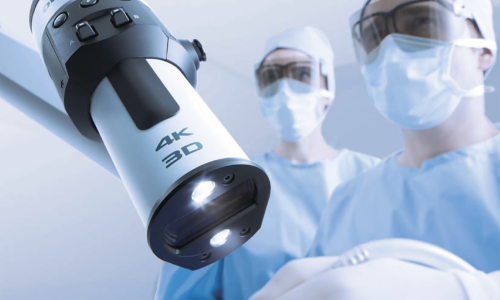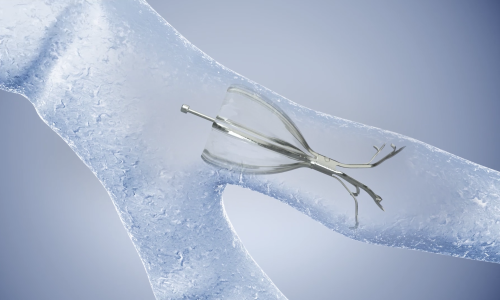Only a few months after Michael Angelo was born to parents Jill and David Angelo, he was diagnosed with biliary atresia, a rare life-threatening liver disease that only appears in infants.
“It was really, really obvious on his baptism,” said Jill. “He was wearing white, so the jaundice was really showing, and the yellowish tint of his eyes was a lot more obvious.”
In most cases of biliary atresia, the only chance for survival is a liver transplant. After meeting with specialists at the Miami Transplant Institute, however, his parents were faced with another setback—this type of surgery had only ever been performed on babies weighing at least 13 pounds.
“Michael Angelo came to us at only 8 pounds, and if we can, we really like to wait until an infant is 13 or 14 pounds to be able to transplant them,” said Dr. Jennifer Garcia, medical director of pediatric transplant services at the Miami Transplant Institute. “Michael did not give us that opportunity. He was just too sick.”
Michael Angelo’s only chance for survival was a liver transplant, but his very small size presented a new challenge for surgeons.

Working quickly, Michael’s transplant team decided to utilize two new surgical technologies to make a liver transplant possible for him.
One of the technologies chosen was the Olympus THUNDERBEAT™ advanced energy platform, which allows for very small and very precise surgical incisions.1 The other was the Olympus ORBEYE™ video microscope, an imaging system that provides images magnified up to 26 times on a 4K 3D monitor.2
ORBEYE™ enables surgical teams to view high-resolution digital images on a 55-inch monitor, in detail not previously available without the use of microscope eyepieces.2 THUNDERBEAT™ provides the ability to access bipolar and ultrasonic energy simultaneously and without surgical instrument exchange.1 Combined, these two systems allow new levels of precision and efficiency during organ transplantation.
“We ended up accepting a liver from a two-year-old,” explained Dr. Rodrigo Vianna, director of the Miami Transplant Institute. “But even still, it was very big so we had to cut just a piece.”
“We were left with very tiny vessels and structures we needed to reconstruct. We were very lucky to have these new technologies.”
Michael Angelo’s surgical team was able to increase their view of his tiny organs and complete the first-ever surgery of this kind. “It is rare to use such a tiny piece of liver, but he needed it,” said Dr. Vianna. “Thankfully everything worked out.”
Jill and David Angelo will be forever grateful for this technology, the medical expertise of Michael’s surgeons, and the donor’s family who chose to give their son the gift of life.
“I thank God every single day for this amazing team that helped save my son’s life,” said Jill. “Because of them, we have our baby boy.”
“It’s unbelievable. I can’t believe we made it here.”
1 As with all electrosurgery instruments, inappropriate use can cause damage to tissue, both electrically and thermally.
2 The ORBEYE™ delivers three-dimensional video imagery that is four times more detailed than standard HD imagery and can be magnified to the power of 26X. Providing a larger and wider color range, which is more natural and realistic, the ORBEYE™ helps physicians reliably identify tissue boundaries and see blood vessels and lesions. With no delay in image processing, the ORBEYE™ delivers this information in real time, allowing for smoother surgical procedures. It is recommended to customize the ORBEYE™ exoscope to the needs of each specialty, with features such as Auto Focus, Near Infrared Imaging Capabilities and more. Individual user profiles offer enhanced customization to detailed settings on the ORBEYE™, the camera head and foot pedal. Near Infrared Imaging Capabilities are only available for neuro- vascular procedures in adult patients.





